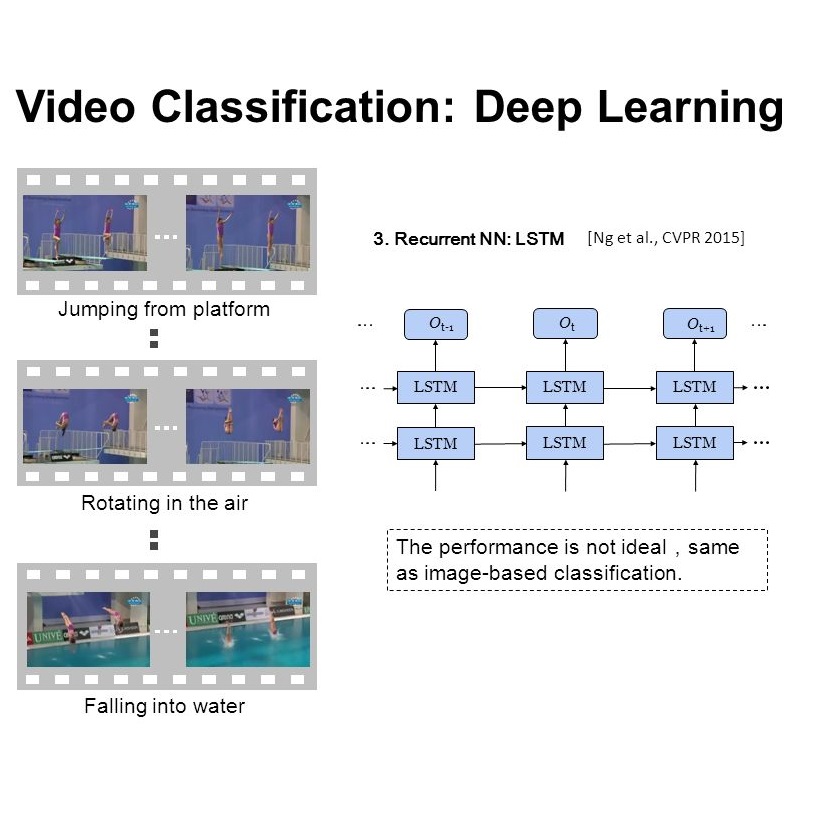Recent video recognition models utilize Transformer models for long-range spatio-temporal context modeling. Video transformer designs are based on self-attention that can model global context at a high computational cost. In comparison, convolutional designs for videos offer an efficient alternative but lack long-range dependency modeling. Towards achieving the best of both designs, this work proposes Video-FocalNet, an effective and efficient architecture for video recognition that models both local and global contexts. Video-FocalNet is based on a spatio-temporal focal modulation architecture that reverses the interaction and aggregation steps of self-attention for better efficiency. Further, the aggregation step and the interaction step are both implemented using efficient convolution and element-wise multiplication operations that are computationally less expensive than their self-attention counterparts on video representations. We extensively explore the design space of focal modulation-based spatio-temporal context modeling and demonstrate our parallel spatial and temporal encoding design to be the optimal choice. Video-FocalNets perform favorably well against the state-of-the-art transformer-based models for video recognition on five large-scale datasets (Kinetics-400, Kinetics-600, SS-v2, Diving-48, and ActivityNet-1.3) at a lower computational cost. Our code/models are released at https://github.com/TalalWasim/Video-FocalNets.
翻译:暂无翻译





